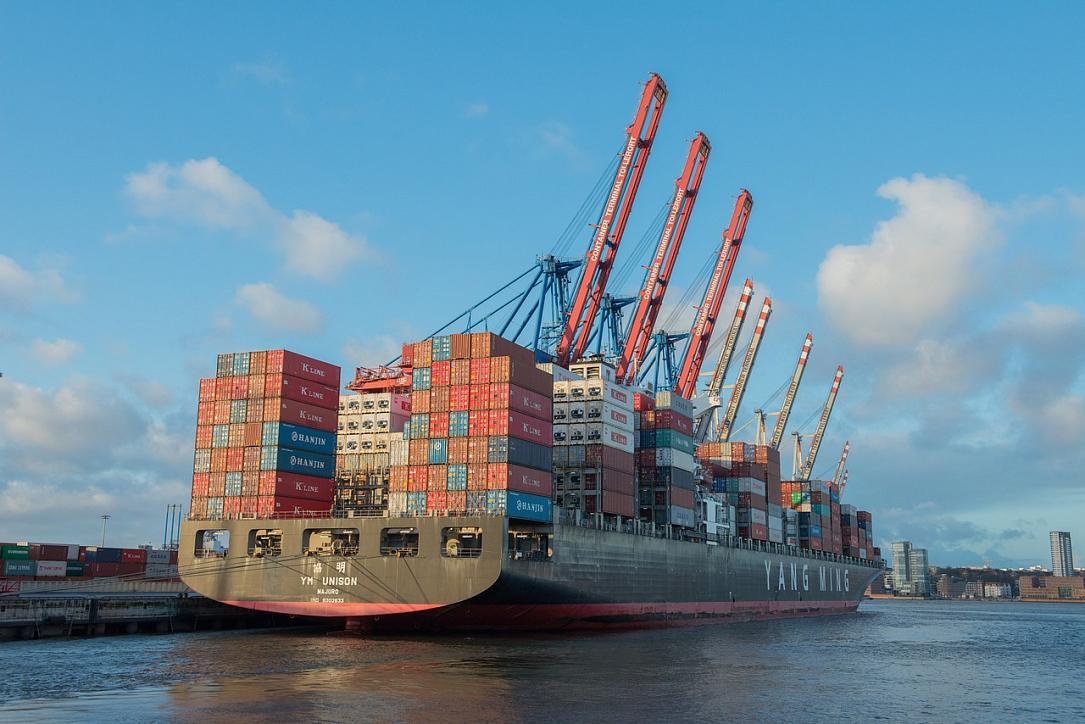Romania’s exports fall to lowest level in over two and a half years

Romania's exports contracted by 5.1% year-on-year in July, to EUR 5.55 billion, the best performance since the coronavirus pandemic hit global trade in March.
Meanwhile, the trend exports, meaning the cumulative exports over the rolling 12 months, continued sliding to EUR 62.4 bln, the weakest performance since November 2017.
In February, before the COVID-19 pandemic started, the country's 12-month exports exceeded EUR 69.2 bln.
Imports have contracted as well since the crisis began, but to a smaller extent: the imports over the rolling 12 months eased to EUR 80.2 bln in July (close to the level seen in July 2018), from EUR 86.7 bln in February.
The robust rise in households' incomes prevented a more abrupt contraction of imports. In July alone, imports contracted by 9.9% year-on-year - more than the exports, but this is rather an effect of the volatility.
The outstanding performance of the retail sales in July invalidates the hypothesis of shrinking private consumption implied by the imports' performance. However, due to smaller imports in July, the trade gap in the month contracted by an impressive 26% year-on-year.
Trend data indicate that the trade deficit has been rising at slower rates. In Q2, the trade gap widened by only 5.1% year-on-year compared to the 19.7% year-on-year advance in Q1.
The state forecasting body projects a 6% increase in the trade gap this year (to EUR 18.3 bln), from 14% advance in 2019, but it also expects the trade gap to widen again sharply next year, by 19% to EUR 21.8 bln.
(Photo: Pixabay)
iulian@romania-insider.com













